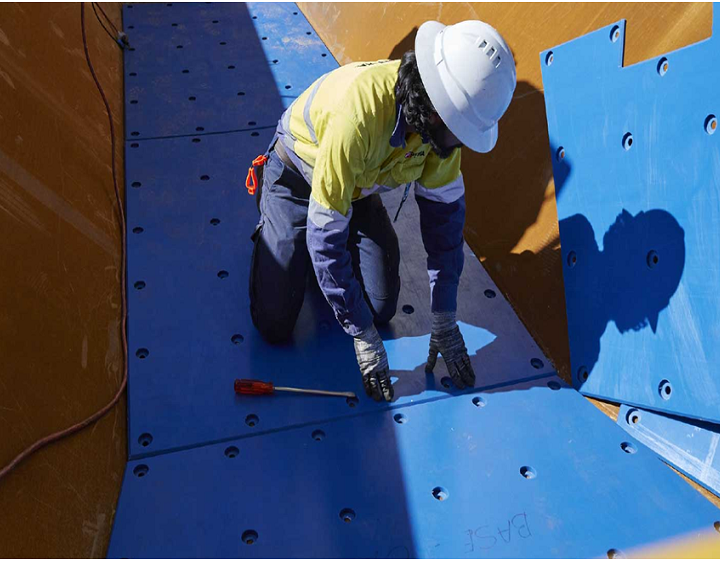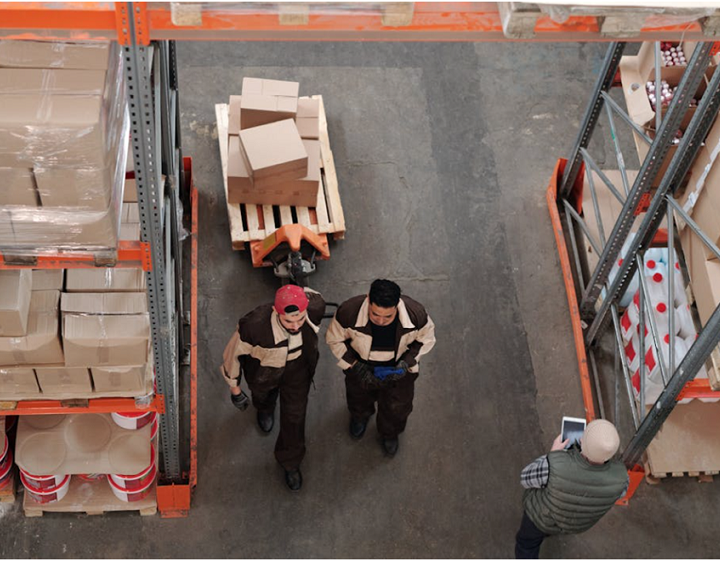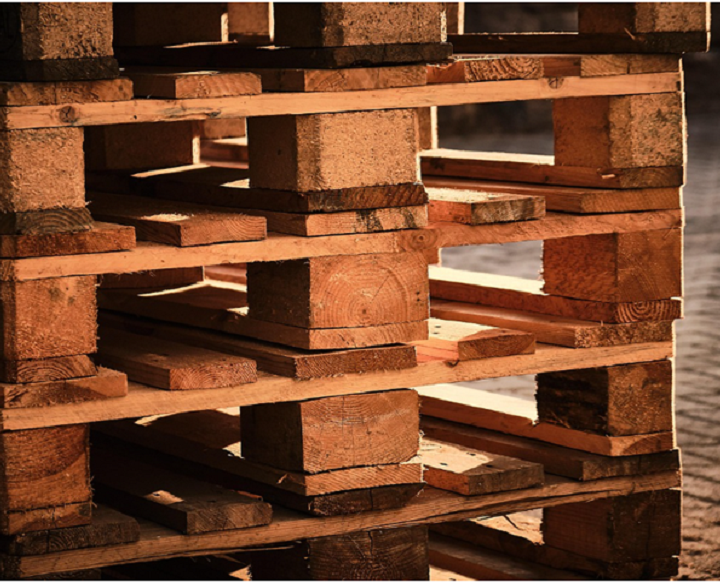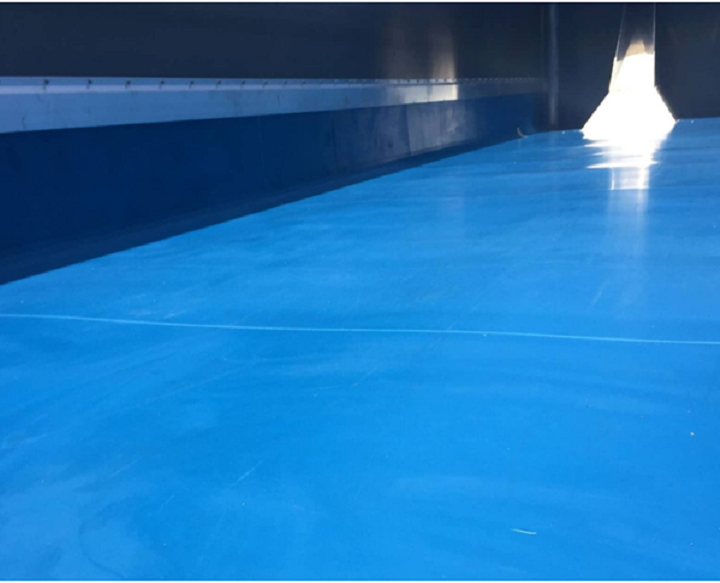Tipper body liners play a crucial role in enhancing load release, minimising material hang-up, and facilitating safer, more efficient tipping operations. However, standard tray surfaces often struggle to consistently handle wet, sticky, or varied loads.
Upgrading to a non-stick tipper body liner can significantly improve fleet performance, reduce safety risks, and lower maintenance costs. This guide will help you identify key warning signs that your current setup is no longer effective and when it’s worth investing in a non-stick tipper body liner that keeps your operation moving.
Frequent Material Hang-Up in the Tray
One of the clearest signs it’s time to upgrade to a nonstick liner is regular carryback or stuck loads. Wet or high-moisture materials, such as clay, damp soil, or wet sand, are particularly prone to sticking. Even minimal moisture can be enough to prevent full discharge, especially with cohesive materials.
When this happens regularly, the efficiency of each load cycle drops significantly. Drivers may be forced to stop mid-job and manually dislodge leftover material, delaying the cycle and introducing safety risks. All of these factors add up, contributing to higher operating costs across the board.
If your fleet routinely deals with wet loads and you’re experiencing incomplete tipping, that’s a clear sign it’s time to upgrade. A non-stick tipper liner, due to its low friction coefficient, offers better slipperiness and material flow as compared to alloy alternatives.
Increased Tipping Angles or Rollover Risk
When materials stick to the tray, operators often need to raise the tipper body to unsafe angles to dislodge the load. This creates serious safety hazards.
Steep tipping angles place excessive strain on the vehicle and significantly increase the risk of rollover, especially on sloped, soft, or uneven ground. Every additional degree of tilt reduces stability and if the stuck material shifts suddenly, the risk of rollover becomes very real.
If there is a constant issue with the need for increased tipping angles, installing a non-stick liner can be the right solution, as it allows materials to release at lower, safer tipping angles. This improves safety outcomes and gives operators greater confidence during the unloading process.
High Downtime Due to Manual Clean-Out
When manual clean-out becomes a routine, it directly impacts operational efficiency. Whether it’s scraping, hosing, or digging, manual clean-out is time-consuming and resource-intensive.
Manually cleaning the tray slows turnaround and limits how many loads your team can move in a shift, cutting into productivity and increasing labour costs. When crews fall behind, there’s often pressure to rush the clean-out process, which can lead to unsafe practices such as working beneath raised trays or skipping safety checks.
In such a case, upgrading to a non-stick tipper body liner like OKUSLIDE® reduces material hang-up and dramatically reduces these clean-out delays, helping your fleet maintain faster, safer, and more consistent operations.
Accelerated Tray Wear and Surface Damage
Businesses should consider upgrading to non-stick body liners if they face accelerated damage and wear in their vehicle tray. Material buildup and repeated scraping quickly wear down the tipper tray surface. Over time, this kind of wear leads to cracks, corrosion, and structural damage to the tray, triggering costly downtime and repair work.
As the tray surface deteriorates, material sticking tends to worsen, causing a cycle where debris clings to the roughened surface, demanding even more forceful cleaning. That cycle compounds over time, adding to fuel use, maintenance, and labour costs.
Installing a high-quality non-stick liner breaks this cycle by protecting the tray surface, reducing wear, and extending the working life of your tipper body.
Handling a Wider Variety of Load Types
Another key reason to upgrade is if you’re handling a wider variety of load types. As your operations expand, you’ll likely transport a broader mix of materials, from dry gravel and sand to wet clay and sticky soil. Standard tray surfaces often struggle to perform consistently across such varied loads.
A non-stick bed liner provides the flexibility to manage multiple load types efficiently without sacrificing tipping speed or reliability. It enables your fleet to adapt to changing job requirements and material profiles, reducing the risk of sticking and maintaining efficient turnaround.
Upgrading to a non-stick tipper body liner is a long-term investment in safety, productivity, and equipment durability. Persistent issues, such as stuck loads, unsafe tipping angles, and frequent manual clean-outs, don’t resolve themselves. They usually compound, increasing maintenance demands and exposing crews to risk.
Acting early allows you to avoid these escalating problems and strengthen your fleet’s performance before downtime and repair costs start to rise.
If you suspect your current setup is limiting your fleet’s efficiency, now is the time to speak with a reliable UHMWPE liner supplier. Trusted body liner suppliers like OKUSLIDE® provide proven non-stick liner solutions and expert advice to help you protect your equipment.






